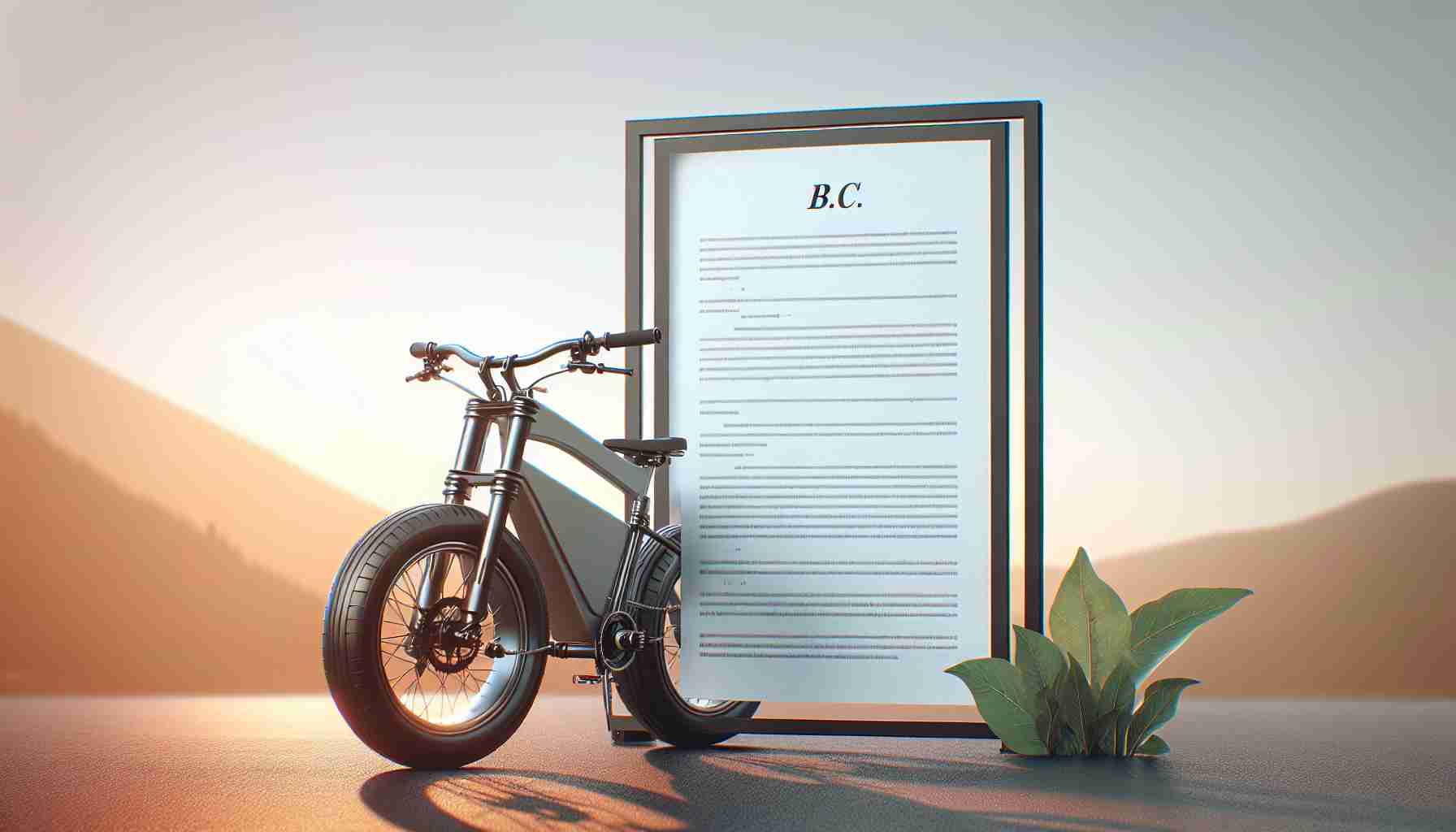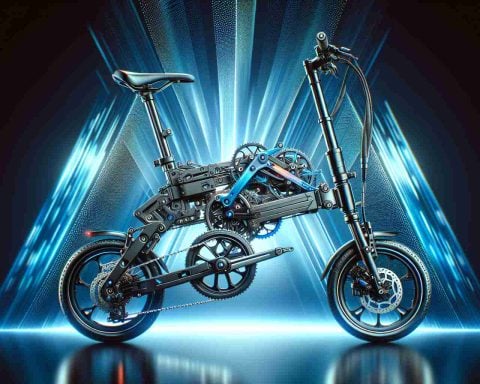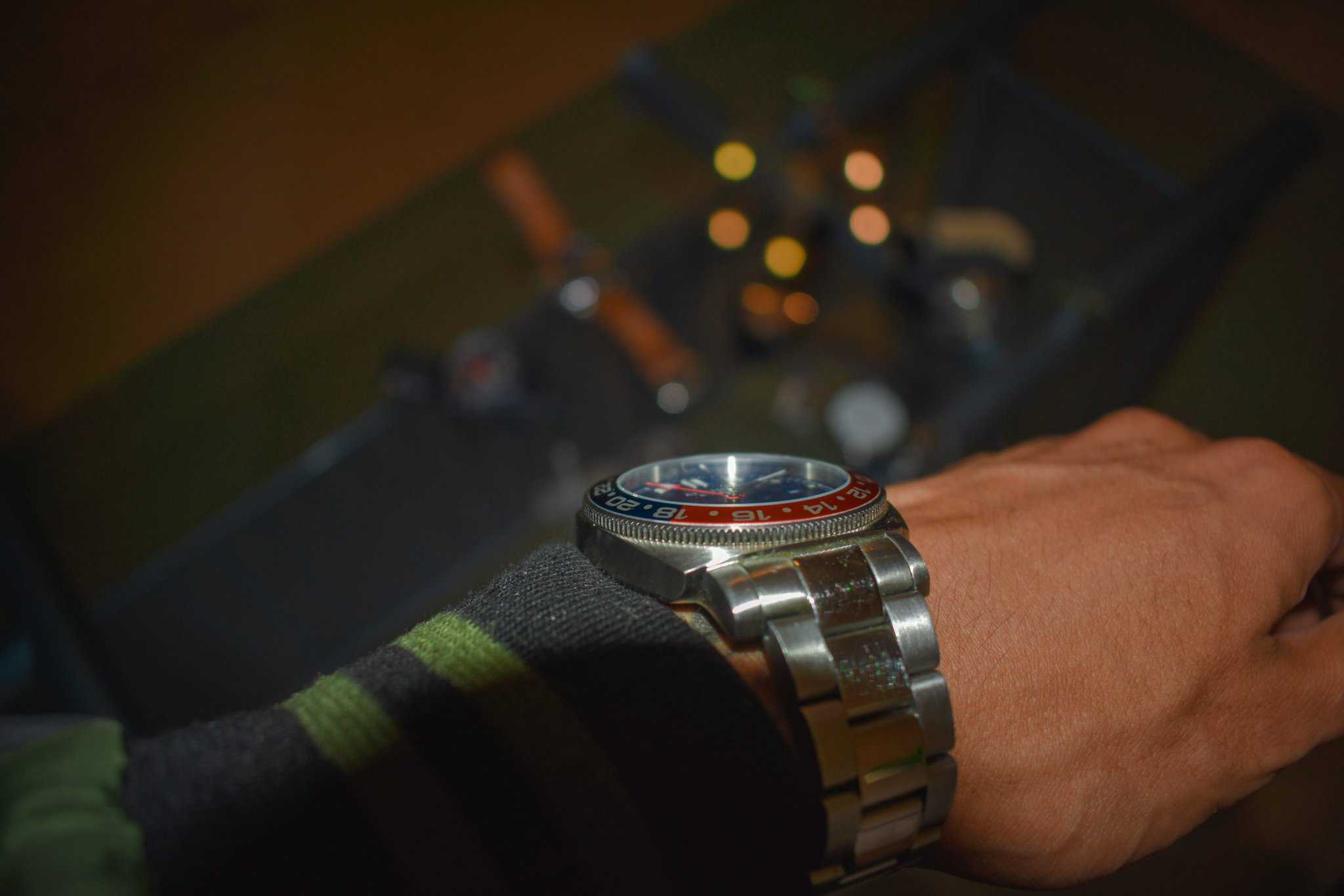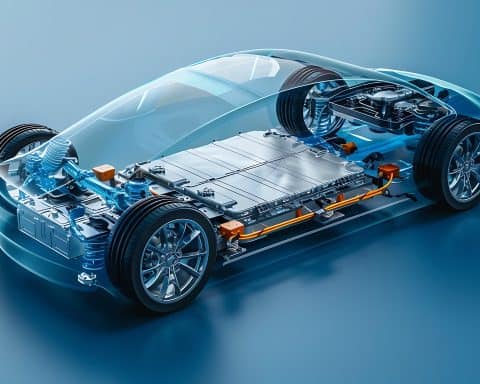Electric bikes have gained popularity as an alternative form of transportation. However, there is still confusion about what is legal and what is not in British Columbia. While some may claim it’s a “grey area,” the truth is that regulations exist for electric bikes, electric motorized scooters, and electric motorbikes. It’s just a matter of understanding the categories and their corresponding rules.
Determining the legality of these vehicles can be simplified by asking a few key questions. First, can you pedal it? If the vehicle can be powered by pedaling and has a seat (rather than sitting astride like a motorcycle), it is likely classified as a bicycle.
Secondly, how fast can it go? In Canada, electric bikes used as bicycles are speed-limited to 32 km per hour with pedal-assist on level ground. If the vehicle fits within this speed limit, it falls into the electric bicycle category.
Lastly, how much power does it put out? If the motor of the electric bike does not exceed 500 watts of power, it is still considered an electric bicycle. These electric bikes with two-to-three wheels are known as motor-assisted cycles (MAC). MACs are allowed on roadways and most non-motorized trails without the need for registration, licensing, or insurance. Riders must be at least 16 years old and wear a bicycle helmet while following the same rules as the driver of a motor vehicle.
However, if an electric bike has no pedal power or exceeds the speed and power limits, it falls under different legal territory. Different rules apply to electric motorbikes, which may resemble scooters or electric dirt bikes. These electric motorbikes must meet certain requirements to be used on roadways and must be registered, insured, and licensed. The rider must also have the appropriate driver’s license and wear an approved helmet.
It’s important to note that higher-powered electric bikes with over 1,500 watts of power are regulated as motorcycles. They must comply with road safety regulations, be licensed, and registered to go on roads.
While some riders may believe that having electric motors grants them access to non-motorized trails, this is not the case. Off-road vehicles, including electric bikes, must adhere to compliance and enforcement rules. Failure to comply with these rules can result in fines and seizure of the vehicle.
In conclusion, understanding the rules and regulations of electric bikes is essential to ensure safe and legal use on roadways and trails. By following the proper guidelines and categories, riders can enjoy the benefits of electric bikes while avoiding legal complications.
The electric bike industry has seen a significant rise in popularity as more people turn to it as an alternative mode of transportation. With the increasing demand, it is important to have a clear understanding of the regulations and legalities surrounding electric bikes in different jurisdictions.
In British Columbia, Canada, there are specific regulations for electric bikes, electric motorized scooters, and electric motorbikes. To determine the legality of these vehicles, certain questions need to be asked. Firstly, whether the vehicle can be pedaled and has a seat is a key factor. If it can be powered by pedaling and has a seat, it is likely classified as a bicycle.
Another important consideration is the maximum speed of the electric bike. In Canada, electric bikes used as bicycles are speed-limited to 32 km per hour with pedal-assist on level ground. If the vehicle falls within this speed limit, it falls into the electric bicycle category.
The power output of the electric bike also plays a role in determining its classification. If the motor of the electric bike does not exceed 500 watts of power, it is still considered an electric bicycle. These electric bikes with two-to-three wheels are known as motor-assisted cycles (MAC) and can be used on roadways and most non-motorized trails without registration, licensing, or insurance requirements. Riders must be at least 16 years old and wear a bicycle helmet while following the same rules as the driver of a motor vehicle.
However, if an electric bike has no pedal power or exceeds the speed and power limits, it falls under different legal territory. Electric motorbikes, which may resemble scooters or electric dirt bikes, have their own rules and regulations. These motorbikes must meet certain requirements to be used on roadways and require registration, insurance, and licensing. The rider must also have the appropriate driver’s license and wear an approved helmet.
It is crucial to note that higher-powered electric bikes with over 1,500 watts of power are regulated as motorcycles. These bikes must comply with road safety regulations, be licensed, and registered to be used on roads.
It is worth mentioning that access to non-motorized trails is not automatically granted for electric bikes. Off-road vehicles, including electric bikes, must adhere to compliance and enforcement rules. Failure to comply with these rules can result in fines and seizure of the vehicle.
In the electric bike industry, market forecasts suggest continued growth due to increasing environmental concerns and the desire for sustainable transportation options. As governments continue to promote eco-friendly transport alternatives, the market for electric bikes is expected to expand further.
Issues related to the electric bike industry primarily revolve around regulatory clarity and enforcement. With varying regulations in different jurisdictions and the potential for confusion regarding classifications, it is important for riders and manufacturers to have access to accurate and up-to-date information to ensure compliance with the rules.
To stay informed about the regulations and legalities surrounding electric bikes, it is advisable to refer to government websites or official sources that provide clear guidelines and information.
















